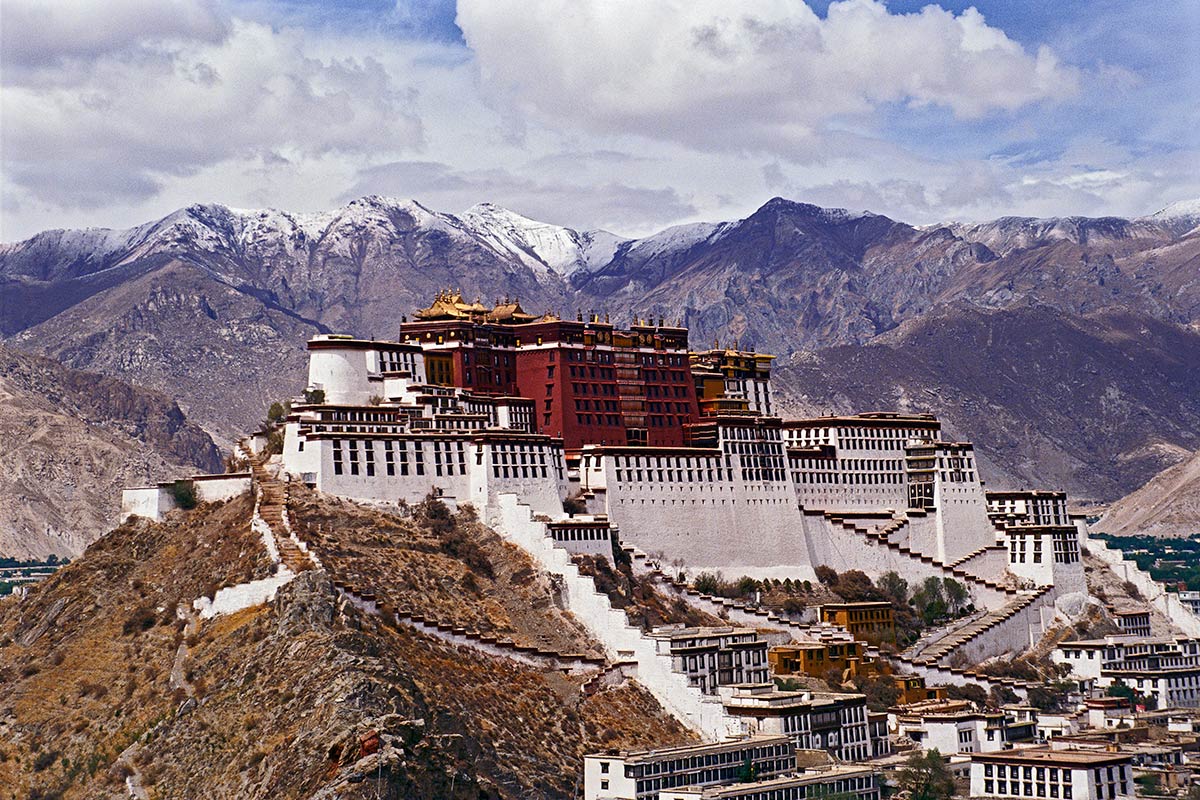Diskit Monastery was founded in the 14th century by Changzem Tserab Zangpo, a disciple of Tsongkhapa—the founder of the Gelugpa (Yellow Hat) sect of Tibetan Buddhism. It was established during a time of expanding Buddhist influence in Nubra and was strategically located to serve as both a place of learning and a religious outpost for the surrounding villages.
Historically, Diskit served not only as a monastery but also as a power center for the rulers of Nubra, who used it to assert their regional dominance and build religious alliances with Central and Western Tibet. Even today, it remains the head monastery of the Nubra region, overseeing several smaller gompas.
Each winter, Diskit becomes the stage for the Dosmoche Festival, one of the most vibrant and sacred events in Nubra, featuring Cham masked dances, rituals to drive away evil, and community gatherings.
Diskit Monastery is an intricate blend of Tibetan and Ladakhi design, with whitewashed walls, wooden balconies, and a multi-level structure that seems to emerge naturally from the rock it sits on. The layout ascends the hillside, giving visitors the feeling of climbing through time as they ascend its narrow stairways.
Key architectural and artistic elements include:
Main Assembly Hall (Dukhang): Adorned with frescoes of guardian deities, Buddhist symbols, and intricate thangka paintings. Statues of Buddha and various protectors fill the hall.
Prayer Halls & Monk Residences: Scattered across the terraced levels, many still in use today.
Maitreya Buddha Statue (32 meters tall): Located near the monastery on a separate platform, this massive gold-hued statue was inaugurated by the Dalai Lama in 2010 and faces Pakistan as a symbol of peace.
From the top, the views stretch across the Shyok River, the sand dunes of Hunder, and the green oasis villages below—a powerful contrast to the surrounding desert wilderness.

